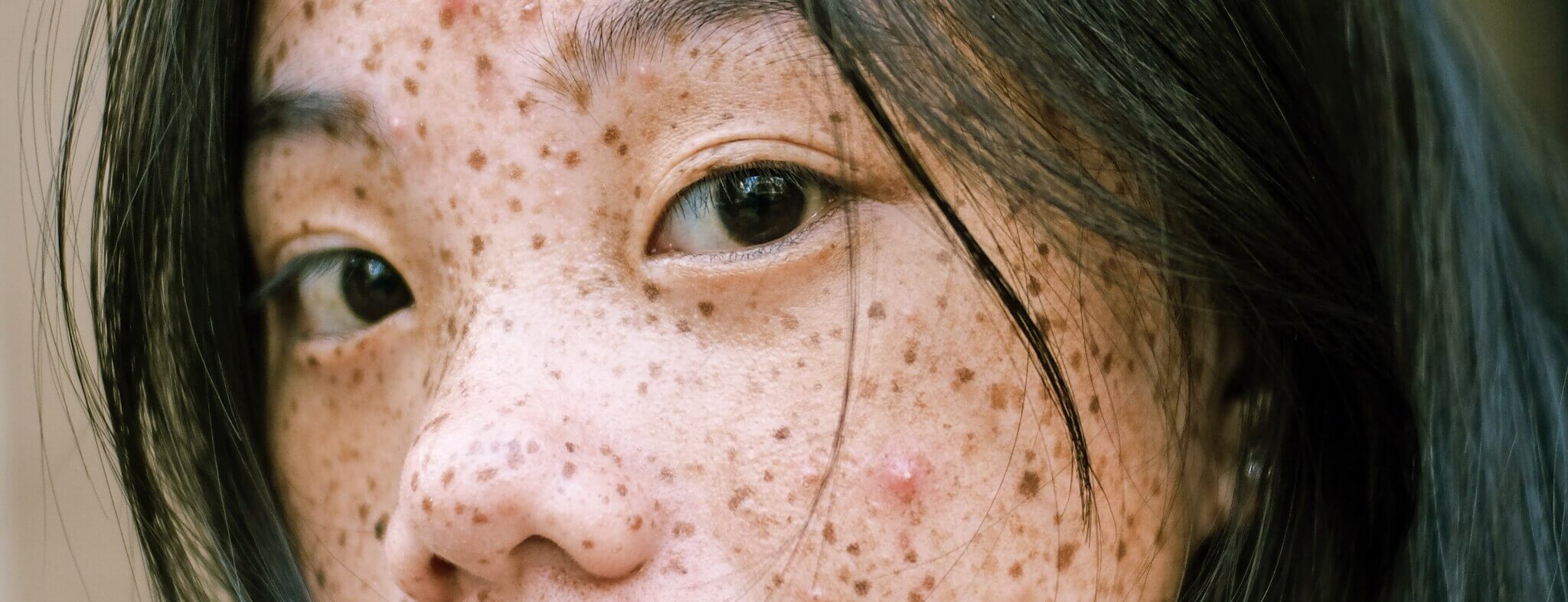
On every surface, including human skin, lives a community of microorganisms (1). This can include bacteria, yeast, fungi, protists, and viruses. It’s why we wash our hands after coughing, smell after sweating, and are prescribed antibiotics when sick. ‘Bad’ bacteria are talked about all the time, but what about the good stuff?
Microorganisms have been around for almost 4 billion years, while humans have only existed for 8 to 9 million years. We have evolved with microbes in and around us, with our health dependent on having a balance of more ‘good’ bacteria than bad (2). Bacteria are essential for making essential vitamins, fatty acids, amino acids, and other things that are needed to make our bodies function. They protect and support us as little building blocks of life.
As our world transforms with technology, pharmacology, and climate change – our microbiome is impacted. Even lifestyle plays a role as location, hygiene, and cosmetics affect our skin health (3). In general, the more diverse the microbiome, the healthier it is. Having a variety of good bacteria improves the functioning and resilience of our microbiome (4). Researchers from NYU Langone Medical Center discovered the most diverse microbiome belongs to an isolated tribe of Yanomami Indians in the remote Amazonian jungles (5). Despite having no known exposure to antibiotics, the Yanomami have bacteria which have antibiotic properties. These findings suggest that westernization significantly impacts microbiome diversity and that antibiotic strains of bacteria may be a part of the human microbiome without pharmaceutical intervention.
Juliana Durack, PhD VP of Research and Product Development at Symbiome, a human microbiome discovery company, describes, “The Yanomami people are a rare community of humans who lack most of the inflammatory skin conditions that are commonly seen in the industrialized parts of the world. Studying their microbiome provides an extraordinary opportunity to discover how problems like acne and eczema have emerged and how we may find more natural and safer ways to prevent or treat these problems.”
Additional evidence suggests that being outdoors and making contact with plants and soil can positively
impact skin microbiome (6). Further research would allow us to better understand how we evolved with our environment and explore our microbial roots.
References: